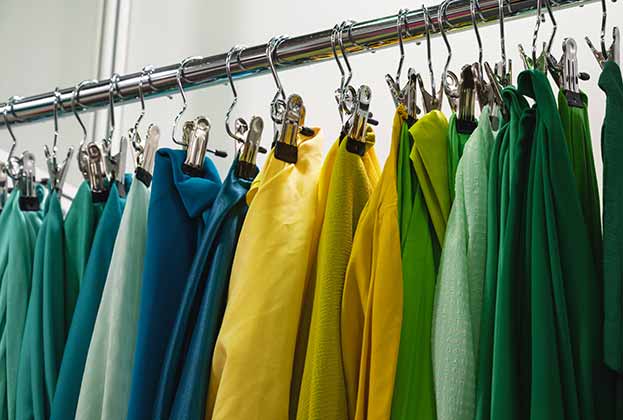Technology is set to transform the world of online retailing. While the perception may be that warehouses are already full of automated processes, with conveyer belts transporting items from shelves through packing machines before placing them straight into delivery trucks, the reality is that the majority of warehouse processes are still carried out by hand. The biggest exception is Amazon which, having purchased Kiva Robotics five years ago, is now using approximately 45,000 robots across its fulfilment centres.
Over the next 15 years, however, advanced technology will become commonplace in the warehouse, much of which will complement the existing human workforce. This technology will take several forms ranging from smart glasses, which can display information to the user enabling them to locate items more easily, to robotic exoskeletons that will assist them in heavy manual tasks.
This will benefit both pure-play e-tailers with no high street presence and traditional bricks and mortar retailers who offer online deliveries and click and collect services by making the supply chain process faster and more efficient.
But technology may prove advantageous to bricks and mortar retailers in another respect. These retailers have shops stacked with items on (in many cases) dozens or hundreds of shopping streets. Yet at the moment if a shopper in an office in London’s West End, say, orders a product from a store with a presence on Oxford Street only 10 minutes' walk away, that item is not dispatched from the store but from a warehouse potentially several hundred miles away. This is because many retailers do not have full visibility over exactly where stock is in the store supply chain, so it’s easier to dispatch online orders from a large centralised warehouse where they can guarantee it is available rather than trying to fulfil it from a store.
But devices, sensors and radio-frequency identification tags will shortly enable logisticians to know the exact location and progress of any product at any time. Stock visibility will therefore become the next battle ground for retailers to make savings. Why service a click and collect order from a central warehouse if there is a sufficient stock pool already in store?
This will dramatically cut down both costs and, crucially, the time deliveries take to reach customers. It won’t replace the need for these retailers to have warehouse space elsewhere in order to service their stores, but their shops will become a much more active and valuable node in the delivery supply chain.
Amazon Prime makes much of the fact it can deliver many items within the hour, but high street retailers could potentially rival or better this given they are already in close proximity to the vast majority of potential consumers.
It is often said that online shopping is going to be the death of the high street, but, if implemented correctly, technology could give physical retailers a valuable edge.
Further information
Read more: Megatrend Logistics report
.jpg)
.jpg)



.jpg)




